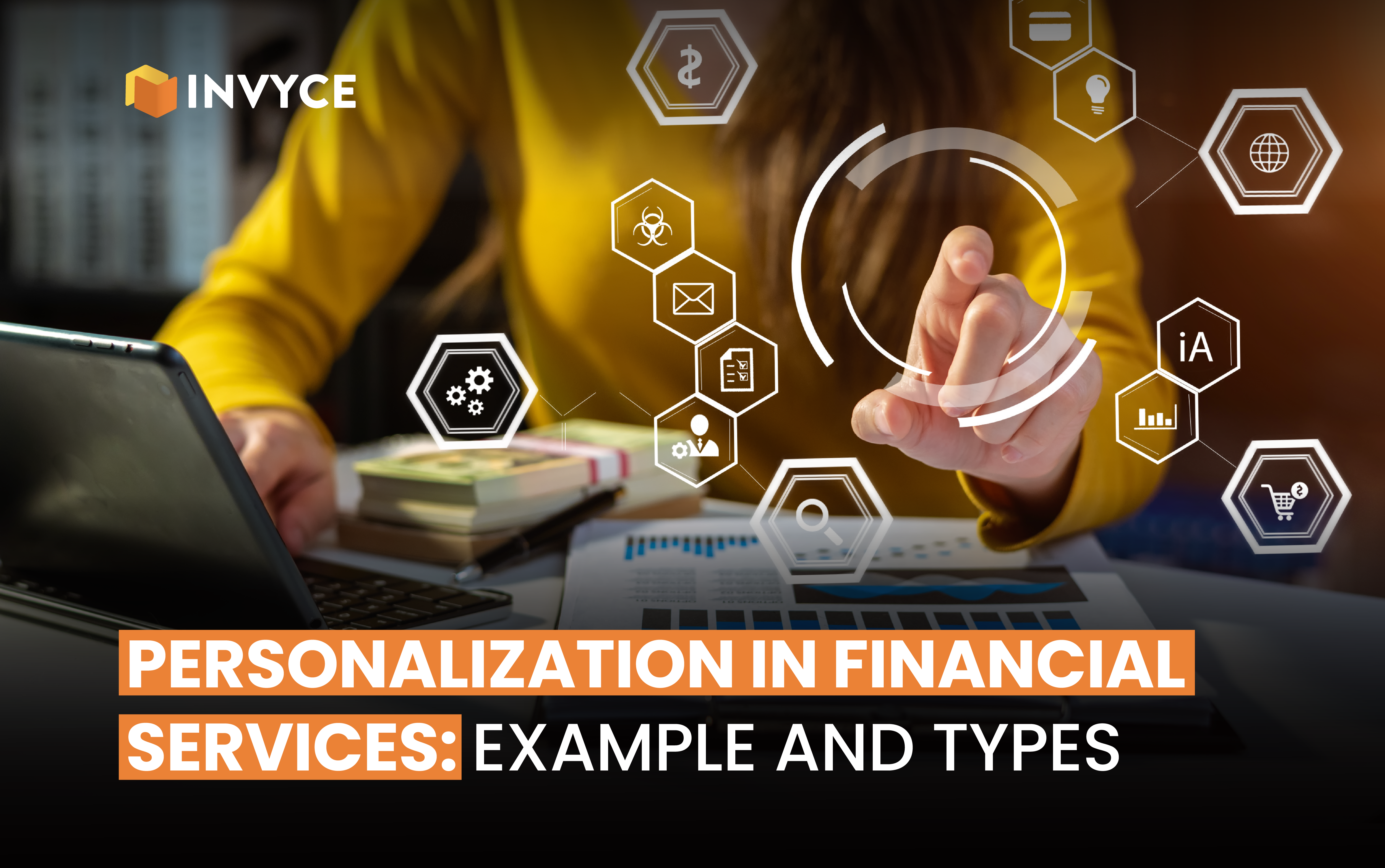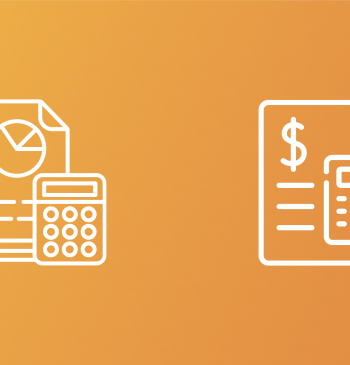04 Jun

The financial services industry is undergoing a significant transformation, and personalization is at the forefront of this change. Personalization involves tailoring financial products and services to meet the unique needs and preferences of individual customers. This approach has become essential for financial institutions to remain competitive, build strong relationships with customers, and drive business growth.
In this article, we will discuss the different types of personalization in financial services, as well as how financial institutions use it to enhance customers’ experiences.
Table of Contents
Types of Personalization in Financial Services
Data-Driven Personalization
Data-driven personalization provides customized financial services and products by utilizing consumer data, including transaction history and statistics. Financial organizations can analyze client data in order to spot trends and preferences and then provide specialized services that address those demands.
Segmentation-Based Personalization
Using segmentation-based personalization, clients are divided into discrete groups according to financial objectives, age, and income. After that, financial institutions can provide customized goods and services for every market segment.
Behavioral Personalization
Through behavioral personalization, financial products and services are offered to customers based on their browsing and search history, among other behaviors. After determining the interests and preferences of their clients, financial institutions can provide customized solutions.
Real-Time Personalization
Financial products and services can be rapidly customized with real-time customization, depending on the activities and interactions of the customer. Financial firms may provide individualized solutions that address clients’ urgent needs by using real-time data.
Personalization in Financial Services: Examples
Enhanced Customer Engagement
Access your banking application and view relevant monetary guidance predicated on past spending patterns. For example, getting timely alerts about upcoming bill payments, customized savings plans, or investment opportunities that fit your risk tolerance.
Customers are engaged and feel valued when businesses take this proactive approach. More interactions and a stronger relationship as a whole result from their perception that their financial institution is aware of their requirements and actively pursuing their well-being.
Increased Product Adoption
Financial organizations can provide their clients with the appropriate goods by using personalization. Through the examination of consumer information and financial patterns, organizations are able to make tailored product recommendations.
For instance, a business owner may be offered a business loan or merchant services, whereas a young professional saving for a down payment on a home may be offered a high-yield savings account. Customers are more likely to use the goods and services necessary to meet their financial objectives when they take this method.
Improved Customer Satisfaction
Customer satisfaction is improved by personalization in financial services. Customers feel understood and supported with tailored advice and guidance. The ability to tailor your financial plan to your needs and goals would be a great benefit to you. As a result, the institution builds loyalty and trust with its customers.
Boosts Revenue Growth
Personalization boosts revenue growth by increasing product adoption, improving customer retention, and engaging customers. It also opens up new revenue streams by offering the right products at the right time. For example, personalized mortgage options for first-time homebuyers or tailored investment opportunities for retirees. This leads to increased revenue and a more sustainable business model.
Conclusion
It has become crucial for financial institutions to provide personalized services to their customers to remain competitive and build strong client relationships. Financial institutions can increase customer loyalty and enhance customer experiences by implementing effective personalization strategies. Personalization will play a critical role in shaping the future of the financial services industry as it continues to evolve.
Marjina Muskaan has over 5+ years of experience writing about finance, accounting, and enterprise topics. She was previously a senior writer at Invyce.com, where she created engaging and informative content that made complex financial concepts easy to understand.
Related Post
Copyright © 2024 – Powered by uConnect



Marjina Muskaan